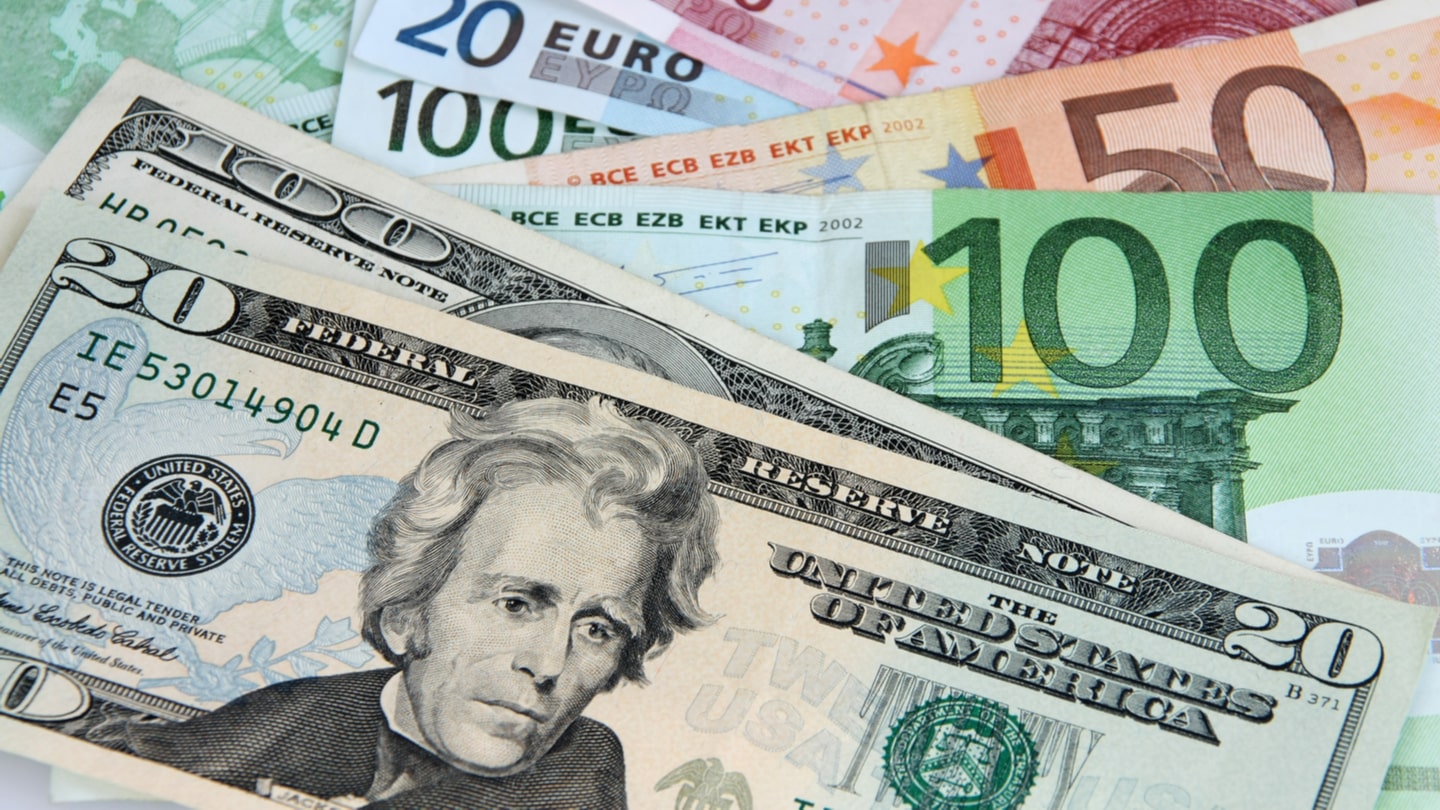The euro fell this Monday below dollar parity and came to play the lowest level since 2002the year of its entry into circulation, sunk by an energy crisis that threatens Europe with recession.
The greenback looked back benefited from recent rate hikes Federal Reserve Landmark.
This Monday, the euro lost a 0.84% in the late afternoon on the European continent and was listed $ 0.9951 per unit.
The dollar has appreciated 15% against the euro over the past 12 months, more due to its rise than a decline in the European currency.
Since its creation, the euro has been above the dollar for most of the yearsbut the war in Ukraine and its related, in the form of an energy crisis and inflation, ended that record.
If the path continues to be to the downside for the euro, your next plan may be an all-time low which touched the dollar on March 29, 2002 at just $ 0.8717 per unit.
Its all-time high, marked on March 31, 2008, is $ 1.5788 per euro.
The fall of the euro presents itself advantages and disadvantages for European economiestherefore the European Central Bank is faced with a risky dilemma in terms of measures to be taken.
On the one hand, the ECB can raise key interest rates to support the value of the currency and fight inflation, triggered after the Russian invasion of Ukraine.
But if it wants to support economic growth, it should go in the opposite direction: lower rates.
Tourism, big winner
That the euro depreciates against the US currency helps certain sectors of the European economy. One of these, so important that it is responsible for 12% of employment in the Old Continent, is tourism.
Europeans will travel less outside the Eurozone because it will be more expensive for them, so they will travel more within their economic space.
On the other hand, non-Europeans – which also includes the British after Brexit – will be able to travel cheaper in the 19 countries of the Eurozone, increasing tourism revenues.
Europe will wait for American citizens with open arms, now armed with a dollar that is worth as much as a euro after two decades of facing a more expensive currency.
The depreciation comes at one of the worst times for Europeans. In times of energy crisis, with gas and oil prices soaring, Europeans pay more than 60% of their hydrocarbon imports in dollars.
The collapse of the euro makes products already more expensive, especially in the case of gas, at historically high prices. This in turn exacerbates the inflation that is punishing the pockets of consumers and companies of the Old Continent.
“The sword of Damocles hangs over Europe,” said Kit Juckes, an analyst at the French bank Société Générale.
The euro has reached its lowest level in the last 20 years against the dollar






